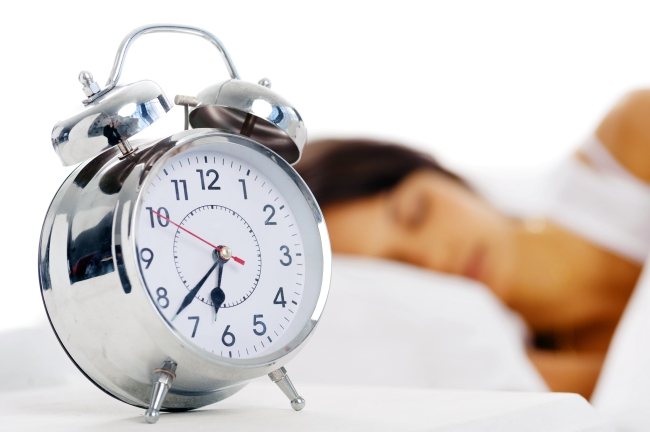What defines a good night’s sleep? A new study by Dalia Lorenzo, MD, instructor of neurology in the Sleep Disorders Center at the University of Miami Veterans Affairs Hospital, indicates that the timing of our sleep cycles is key to achieving a successful sleep.
According to Lorenzo, a pattern of sleep cycles are experienced in 90-minute increments. During this time of REM (rapid eye movement) and non-REM sleep, many necessary functions occur, including brain regeneration and memory consolidation.
To achieve the best sleep and wake up refreshed, Lorenzo recommends to schedule your sleep to include – and not interrupt – multiple 90-minute cycles. For example, a person planning to go to bed at 10:30 pm could plan to wake up at 5:30, 6:00 or 7:30 am in order to avoid disrupting his/her 90-minute sleeping cycles. When your alarm clock forces you to wake up mid-cycle, this interruption causes fatigue that can last the entire day.
Lorenzo refers this promotion of better sleep routines as “sleep hygiene.” In addition to maintaining full sleep cycles, other elements of nighttime rituals can aid in a good night’s sleep. Creating comfortable and familiar sleep environments, providing white noise, avoiding light, and adding scented candles are all proven ways to help promote a peaceful and familiar environment for a restful sleep.
Source:
“Good Sleep: Can It Still Be Simple?” at Webmd.com
